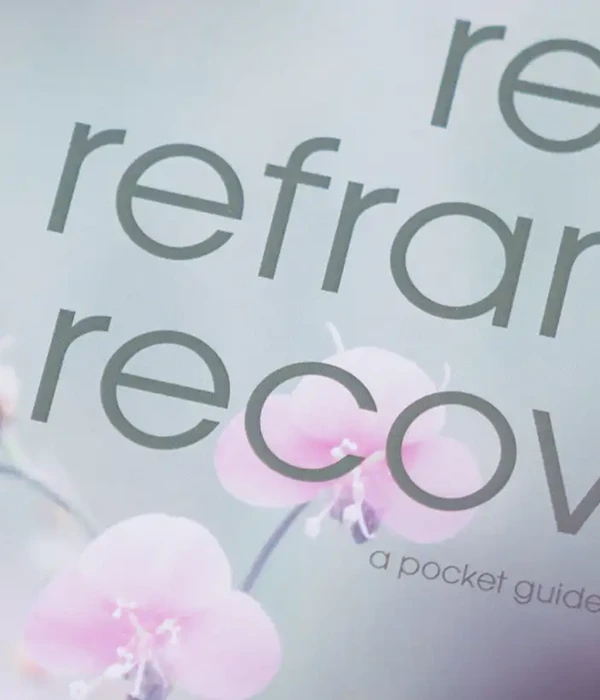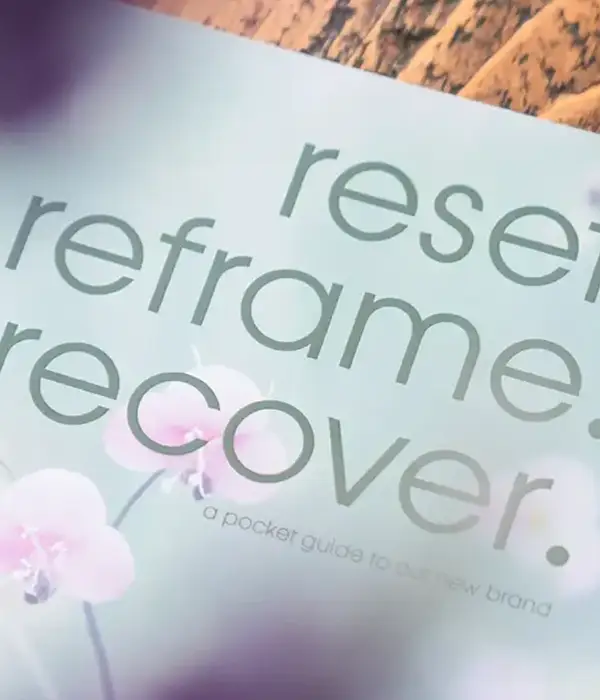Midazolam Addiction Treatment
If you or someone you love is struggling with midazolam addiction, you are not alone, and help is within reach. Effective treatment for benzodiazepine addiction is available, and with the right support, recovery is possible.
Midazolam, commonly known by the brand name Versed, is a powerful sedative often used in hospitals. However, its potential for misuse and dependence is high. Understanding the risks of Versed addiction can help you recognise when it’s time to seek help.

Take the First Step Towards Recovery
Steps Together offers personalised support and proven treatments, providing the care, guidance and encouragement you need to move forward with confidence and build a healthier future.

Understanding Midazolam Addiction
Midazolam is a medication sometimes used to treat anxiety or as an anaesthetic, but it has a risk of addiction. It is a short-acting benzodiazepine. Health professionals often use it as anaesthesia before surgery, dental work, or medical tests to help you relax or induce sedation.
Its quick action and calming effects make it effective for short-term use, but this also means it can be easily abused if not carefully monitored. Like other benzodiazepines, midazolam affects the central nervous system by increasing the effect of gamma-aminobutyric acid (GABA), a neurotransmitter that slows brain activity.
Immediate Effects of Midozolam
Midazolam helps cause sedation, anxiety relief, and muscle relaxation before medical procedures. The drug’s immediate effects typically begin within minutes when administered intravenously. These effects include drowsiness, calmness, reduced anxiety, and impaired coordination.
It also causes short-term memory loss, which helps patients forget procedures. In higher doses or when combined with other depressants, it can slow breathing and heart rate, posing serious health risks. Professional medical supervision is essential to ensure safe and appropriate use of midazolam.


How Midazolam Addiction Develops
Benzodiazepine addiction can start when you take midazolam in larger amounts or for longer than your doctor prescribes. Using it without a prescription, or mixing it with other drugs or alcohol, raises these risks.
With repeated use, your brain gets used to the presence of the medicine. You may notice withdrawal symptoms like anxiety, sweating, or even seizures if you stop suddenly. This physical dependence can turn into a substance use disorder if misuse continues.
Midazolam Addiction Treatment Options
Treating midazolam addiction usually involves multiple steps that address both the physical withdrawal and the psychological aspects of recovery. Safe detox, support, therapy, and relapse prevention are important for a lasting recovery.
Detoxification Process
Detoxification is the first step in treating substance abuse. Because midazolam is a benzodiazepine, stopping it suddenly can be dangerous and increase the risk of severe withdrawal symptoms, such as seizures or confusion. You should never attempt to quit midazolam on your own.
Medical detox is done under the supervision of healthcare professionals. Doctors may use a tapering strategy, slowly lowering the dose to avoid strong withdrawal effects. This process helps your body safely adjust to not having midazolam in your system.
Outpatient Rehab
Outpatient rehab allows you to receive treatment for drug abuse while living at home. This option is less intensive than inpatient care but still offers important support and therapy. You will attend regular sessions at a clinic or treatment centre, which can fit around your work, school, or family responsibilities.
Outpatient programmes include individual counselling, group therapy, and sometimes family therapy. You will learn healthy coping skills and ways to prevent relapse. Participation is often required several times each week, depending on your treatment plan.
Inpatient Programmes
After detox, many people benefit from an inpatient rehabilitation programme. These programmes offer 24-hour care and support in a structured environment. You will stay at the rehab centre during treatment, away from triggers that can drive you to use Versed.
Inpatient care includes daily therapy sessions, group counselling, and educational workshops. Medical staff and mental health professionals are always available to help with any problems or side effects. Programmes can last from a few weeks to several months, depending on your recovery needs.
Aftercare and Relapse Prevention
Ongoing aftercare is key to staying drug-free after the initial midazolam addiction treatment programme. Aftercare programmes provide continued support through therapy, support groups, and regular check-ins with your recovery team. This ongoing help makes it easier to handle cravings or triggers when they come up.
You may take part in group meetings such as Narcotics Anonymous, relapse prevention classes, or ongoing counselling. Building a strong support network helps you stay motivated and focused.
other addiction treatment services our drug rehab offers

Therapies Used in Treatment for Midazolam Addiction
Individual counselling provides you with one-on-one support from a trained therapist. You can talk openly about your substance use disorder, triggers, and personal challenges. Therapy sessions help you learn strategies to handle cravings, boost your motivation to stay sober, and set realistic goals.
Group counselling offers a space to share your experiences with others facing similar issues. You gain insight from group discussions, receive encouragement, and build a sense of community. Common group formats include relapse prevention support and mutual help groups, which are especially helpful when you feel isolated.
Behavioural Therapy
Behavioural therapy is a key part of midazolam addiction treatment. One common method is cognitive-behavioural therapy (CBT). In CBT, you learn how your thoughts and actions influence your substance use. Your therapist helps you identify negative thought patterns and replace them with healthier habits.
There are other types of behavioural therapy, such as dialectical behaviour therapy (DBT) and motivational interviewing. These therapies help you handle difficult emotions, build coping skills, and increase your readiness to change. Behavioural therapy also works well when combined with other support methods, such as counselling or family therapy.

Complications from Midazolam Abuse
Midazolam strongly affects your central nervous system (CNS). You may notice drowsiness, confusion, memory problems, and trouble concentrating. Some people experience slurred speech or loss of coordination, making daily tasks more difficult.
One of the most serious dangers is respiratory depression. Midazolam can slow your breathing significantly, especially at high doses or when mixed with other sedatives. Shallow or irregular breathing may not always be obvious, but it can become life-threatening if left unchecked.
Midazolam can cause serious problems when combined with other drugs. If you take opioids for pain relief, drink alcohol, or use other CNS depressants at the same time, the effects of each medication can multiply, making side effects much worse. Common interactions include increased drowsiness, confusion, and dangerously slowed breathing.
Signs and Symptoms of Midazolam Use
Recognising midazolam abuse early is important because it can affect your physical health, emotions, and behaviour. The signs often appear in daily habits, thinking, and physical condition, especially when misuse or dependence has developed.
Physical and Behavioural Indicators
When you misuse midazolam, you might notice physical signs such as drowsiness, lack of coordination, and slurred speech. These symptoms make it hard to perform tasks that need focus, such as driving or operating machinery. People also have problems with balance and may stumble or fall.
Typical behavioural indicators include using the medicine in ways not prescribed. You may take higher doses or use it with other substances like alcohol. Drug-seeking behaviour, such as visiting different doctors to get more prescriptions or becoming secretive about usage, can also occur.
Long-Term and Severe Consequences
If you continue the use of midazolam, the risks of addiction and dependence become more severe. Long-term use can lead to physical dependence, meaning your body needs the drug to function normally.
Over time, you may notice persistent memory loss, ongoing confusion, and a decline in your ability to think clearly. Severe side effects of chronic misuse include respiratory depression, which can be life-threatening. When taken in excess or mixed with other depressants, there is a serious risk of overdose and fatal complications.
Psychological Effects
Midazolam misuse and addiction often affect your thinking and emotions. You might feel confused or have trouble concentrating. Short-term memory problems are common, making it difficult to remember conversations or recent events.
Mood swings are frequent, shifting quickly between calm and irritability. Some people experience paradoxical reactions, like feeling agitated, aggressive, or restless, even though midazolam is meant to create calmness. Increased anxiety, depression, or emotional numbness can also happen.

Our Addiction Treatment Programme Can Help You
Medications like midazolam are designed to help with anxiety, sleep, or medical procedures, but they can sometimes lead to dependence or misuse. If you find yourself struggling with midazolam addiction, know that recovery is possible.
At Steps Together, we provide professional midazolam addiction treatment tailored to your needs. Our drug rehab programme includes medical detox, therapy, and long-term support to help you overcome dependence and reclaim control over your life. With the right guidance, lasting recovery is within your reach.
Frequently Asked Questions
What are the initial steps in treating benzodiazepine dependence?
You should begin with a full medical assessment by a healthcare professional. It is common for detox to take place in a supervised setting, where your dose is gradually reduced to lower the risk of severe withdrawal symptoms.
What therapeutic approaches are effective in overcoming sedative-hypnotic addiction?
Cognitive behavioural therapy is commonly used to help you change harmful patterns of thinking and behaviour. Other therapies may include group counselling and individual psychotherapy.
What role do support groups play in the recovery from sedative dependency?
Support groups like Narcotics Anonymous provide a safe place to share experiences and gain encouragement. They help you feel less isolated and offer practical advice from others who have been through similar situations.
Can long-term use of sedatives lead to addiction, and how is it managed?
Long-term use of sedatives like midazolam can cause physical dependence and addiction. Doctors manage this by tapering the medication slowly, often over weeks or months. Medical guidance and therapy are important for addressing both the physical and psychological aspects of addiction.
Are there specific withdrawal symptoms associated with discontinuing benzodiazepines?
Yes, symptoms can vary but often include anxiety, insomnia, irritability, tremors, sweating, and, in severe cases, seizures. These symptoms may begin within hours to days after your last dose. Slow dose reduction under medical supervision is important to prevent serious complications.
How can one identify the signs of sedative abuse and seek appropriate help?
Signs of sedative abuse include taking larger amounts of the medication, not being able to stop or cut down, memory problems, confusion, and mood changes. You might also notice neglect of daily responsibilities or secrecy about drug use.





